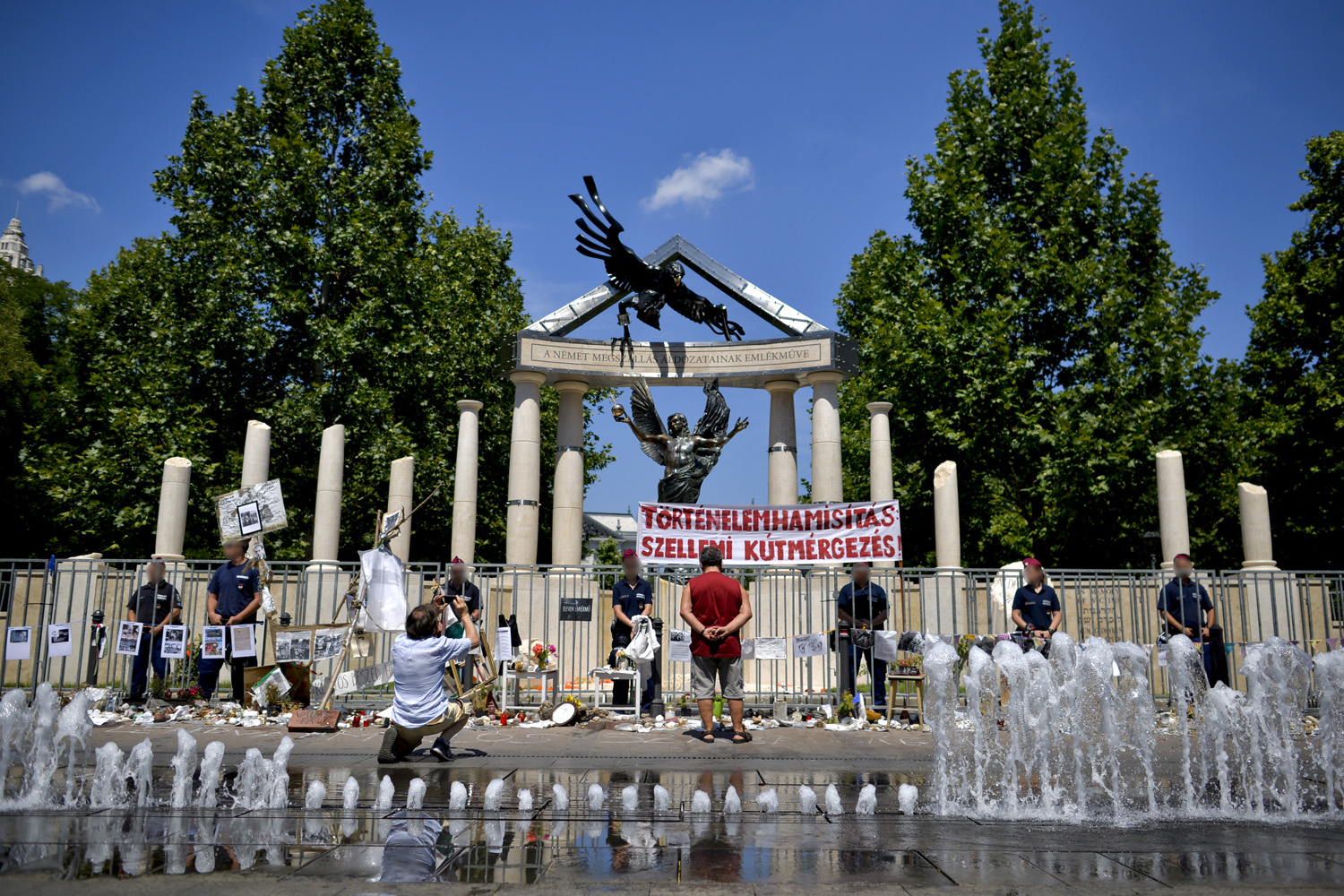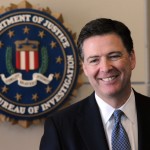FBI director James Comey has caused a dust up between the United States and Poland with a recent opinion piece in the Washington Post (and reprinted in the Raleigh News and Observer).
Titled “The most frightening lesson from the Holocaust,” Comey calls the Holocaust “the most significant event in human history. And I mean ‘significant’ in two different ways.”
For Comey, raised Catholic, the Holocaust was not only “the most horrific display in world history of inhumanity.” He also calls it a test of faith and the concept of a loving God.
Leaving aside any quibbles — history is full of planned atrocities, each with its own unique horror — it’s true that, in the 20th century, the Holocaust holds a special place. Many have, like Comey, asked how such evil can have a place among civilized peoples — and how could it have rooted in Germany, a country known for its culture, civility and high ideals.
As someone who’s not religious, I’ll leave the questions about God aside. What I found fascinating about the piece and wholly admirable was how Comey related the Holocaust to the United States and, implicitly, our behavior in the wake of September 11. To be sure, Comey rightly never makes a direct link between the “war on terror” and the kind of planned extermination that cost the lives of 10 million (between Jews, Roma, homosexuals, the mentally retarded, members of the Resistance and political opponents).
Rather, he uses the Holocaust more broadly, to warn against any evil that comes from extremism and what he calls “abuse of authority” and “moral surrender.”
These qualities, he says, are not unique to the Germans — or, by inference, the Cambodians, the Turks or the Rwandans, all inheritors of 20th century genocides. They are human qualities that exist in any society. “I want (these agents) to confront something more painful and more dangerous: I want them to see humanity and what we are capable of.”
And by humanity, he’s including the United States. I could go further and suggest that his words also reflect on the behavior of US institutions, including our military and intelligence services, in particular the Central Intelligence Agency (CIA). Our military tortured in the name of the fight against Al Qaeda. And, as last year’s Senate Report on Torture (at least the executive summary) pointed out, we engaged in moral surrender, giving in to Dick Cheney‘s “dark side” in an ultimately failed and counterproductive campaign to torture out confessions.
Many Americans fit Comey’s description of people who followed a corrupt leadership. “That’s the most frightening lesson of all,” Comey writes. “Our very humanity made us capable of, even susceptible to, surrendering our individual moral authority to the group, where it can be hijacked by evil. Of being so cowed by those in power. Of convincing ourselves of nearly anything.”
Poland has responded to the piece with outrage, since Comey (a little loosely) bundles Poland and Hungary in with Germany in carrying out the Holocaust. To be sure, Poland was occupied by the Nazis, without a collaborationist force (like Hungary’s Arrow Cross). As Anne Applebaum commented, there’s a difference between occupation and Germany’s “state policy of exterminating the Jews. This policy involved not ‘accomplices’ but hundreds of bureaucrats, tens of thousands of soldiers, train schedules and plans. Germany also encouraged the creation of collaborationist governments in other countries – Vichy France, for example – some of which used their own police officers to send their Jewish citizens into the German death camps.”
But Applebaum underplays the rabid antisemitism that existed in both Poland and Hungary prior to and during World War II. It’s true that Hungary’s deportations didn’t start until the Nazis took over the government in 1944. But they started with a vengeance, with many Hungarians fully and enthusiastically taking part. As John Mason has pointed out, the Final Solution in Hungary “was carried out with a speed and brutality hardly matched elsewhere. About 435,000 Jews were deported from Hungary between May and November l944, with only perhaps 120,000 surviving.”
The truth is that most Hungarians were willing collaborators with the Nazis, an open sore that still festers. After prime minister Viktor Orban authorized a statue marking the Nazi occupation, many protested what they saw as an obvious attempt to rewrite a history of murderous antisemitism. The Economist noted that Jewish leaders and historians condemned the structure, an Hungarian angel under a Nazi eagle, for portraying Hungary as a victim of the Nazis, not as a willing collaborator. In front of the formal structure is a homemade one, of stones, broken furniture, shoes and other relics standing for the Jews who were deported by their fellow citizens.
Antisemitism is by no means dead in Hungary, either. As the Globe and Mail has reported, the country’s politics has taken a “dark turn … as Mr. Orban – who has positioned himself as something of an heir to 1930s strongman Miklos Horthy – has consolidated his hold on power. Meanwhile, the extreme right Jobbik party, which employs anti-Semitic and anti-Roma rhetoric, has emerged as the biggest challenger to Mr. Orban’s centre-right Fidesz party.”
So Comey, in the end, is right. And he’s especially right when he says that memory is vital to keeping us — all of us — recognizing “our capacity for rationalization and moral surrender.” That’s as important in today’s Poland and Hungary as it is in the United States.







